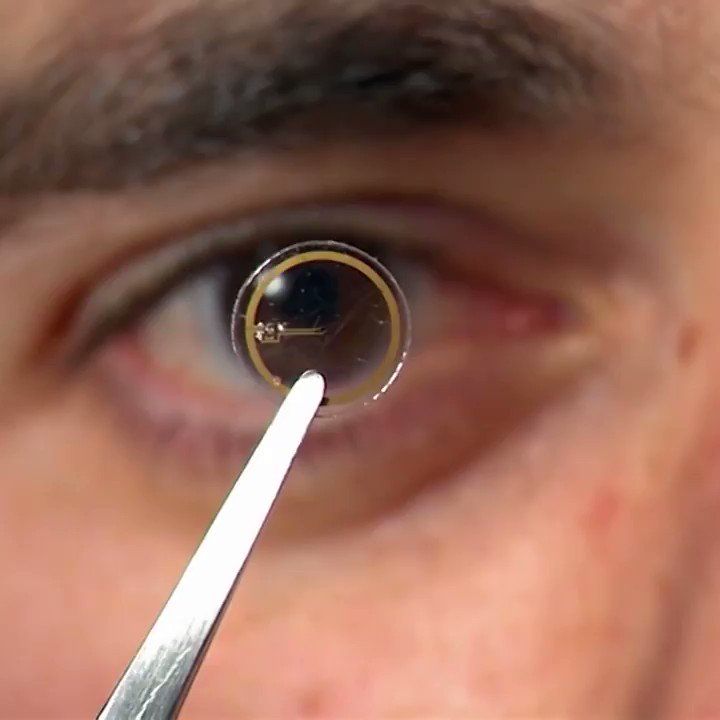Engineering researchers have demonstrated proof-of-principle for a device that could serve as the backbone of a future quantum Internet. University of Toronto Engineering professor Hoi-Kwong Lo and his collaborators have developed a prototype for a key element for all-photonic quantum repeaters, a critical step in long-distance quantum communication.
Attitudes about life extension have significantly changed within the last decade.
While medical schools have had the idea that aging should be brought under medical control for over a century, the explicit desire to greatly extend one’s life remained rare – until very recently. A new study by YouGov, a market intelligence company that researches multiple topics, found that, today, one in five Americans agrees with the statement “I want to live forever.” Is this the result of some sort of bias, or does it mean that we are reaching a turning point, after which society will start boldly and unambiguously clamoring for the cure for aging?
The desire for a long life
The wish to remain healthy and young and live significantly longer has accompanied humanity since its dawn. The most ancient myths and the very first pieces of literature, such as the Epic of Gilgamesh, tried to explain human aging and mortality, and they pictured heroes who pursued ways to live indefinitely or to save their loved ones. These early motivations are woven into modern religions, and they eventually caused life and health to be considered universal human rights that have to be valued and protected.
Wise reasoning does not necessarily require uniform emotional control or suppression, says Igor Grossmann, professor of psychology at Waterloo and lead author of the new study. Instead, wise reasoning can also benefit from a rich and balanced emotional life.
A person’s ability to reason wisely about a challenging situation may improve when they also experience diverse yet balanced emotions, say researchers from the University of Waterloo.
The finding clarifies millennia of philosophical and psychological thinking that debates how wisdom is related to the effective management of emotionally charged experiences.
C³Harme
Posted in innovation
Monitoring their sleeping patterns, researchers identified an increase in the duration and continuity of REM sleep and specific brain oscillations characteristic of REM sleep, whereas ‘deep’ sleep, or non-REM sleep, did not change. The changes in REM sleep were very tightly linked to deficiency in the regulation of the stress hormone corticosterone. Mild stress also caused changes in gene expression in the brain.
The first and most distinct consequence of daily mild stress is an increase in rapid-eye-movement (REM) sleep, a new study in the journal PNAS reports. The research also demonstrated that this increase is associated with genes involved in cell death and survival.
REM sleep, also known as paradoxical sleep, is the sleep state during which we have most of our dreams and is involved in the regulation of emotions and memory consolidation. REM sleep disturbances are common in mood disorders, such as depression. However, little was known about how sleep changes are linked to molecular changes in the brain.
During this 9-week study, conducted by researchers from the Surrey Sleep Research Centre at the University of Surrey in collaboration with Eli Lilly, mice were intermittently exposed to a variety of mild stressors, such as the odour of a predator. Mice exposed to mild stressors developed signs of depression; they were less engaged in self-care activities; were less likely to participate in pleasurable activities such as eating appetising food, and became less social and interested in mice they hadn’t encountered before.
#OpenAccess #FullArticle The results of a new clinical trial have shown the safety and efficacy of the interoperable Artificial Pancreas System smartphone app (iAPS), which can interface wirelessly with leading continuous glucose monitors (CGM), insulin pump devices, and decision-making algorithms. The clinical trial and the app, which runs on an unlocked smartphone, are described in an article published in Diabetes Technology & Therapeutics (DTT), a peer-reviewed journal from Mary Ann Liebert, Inc., publishers.
Diabetes Technology & TherapeuticsVol. 21, No. 1Original ArticlesFree AccessSunil Deshpande,…
Hints of ghostly galaxies and ancient cataclysms in data from the Gaia spacecraft offer fresh insights into dark matter.
- By Summer Ash on January 28, 2019









